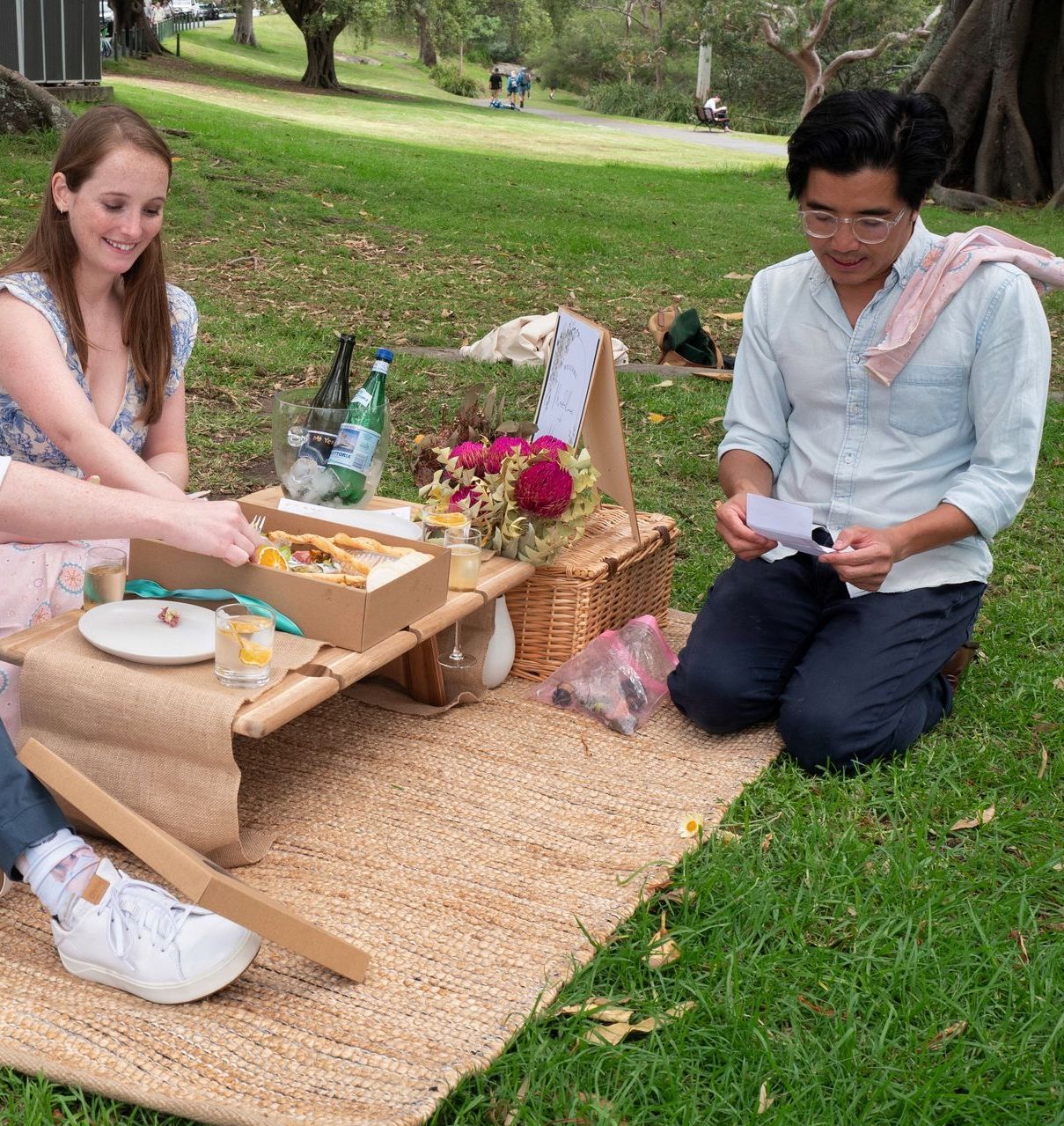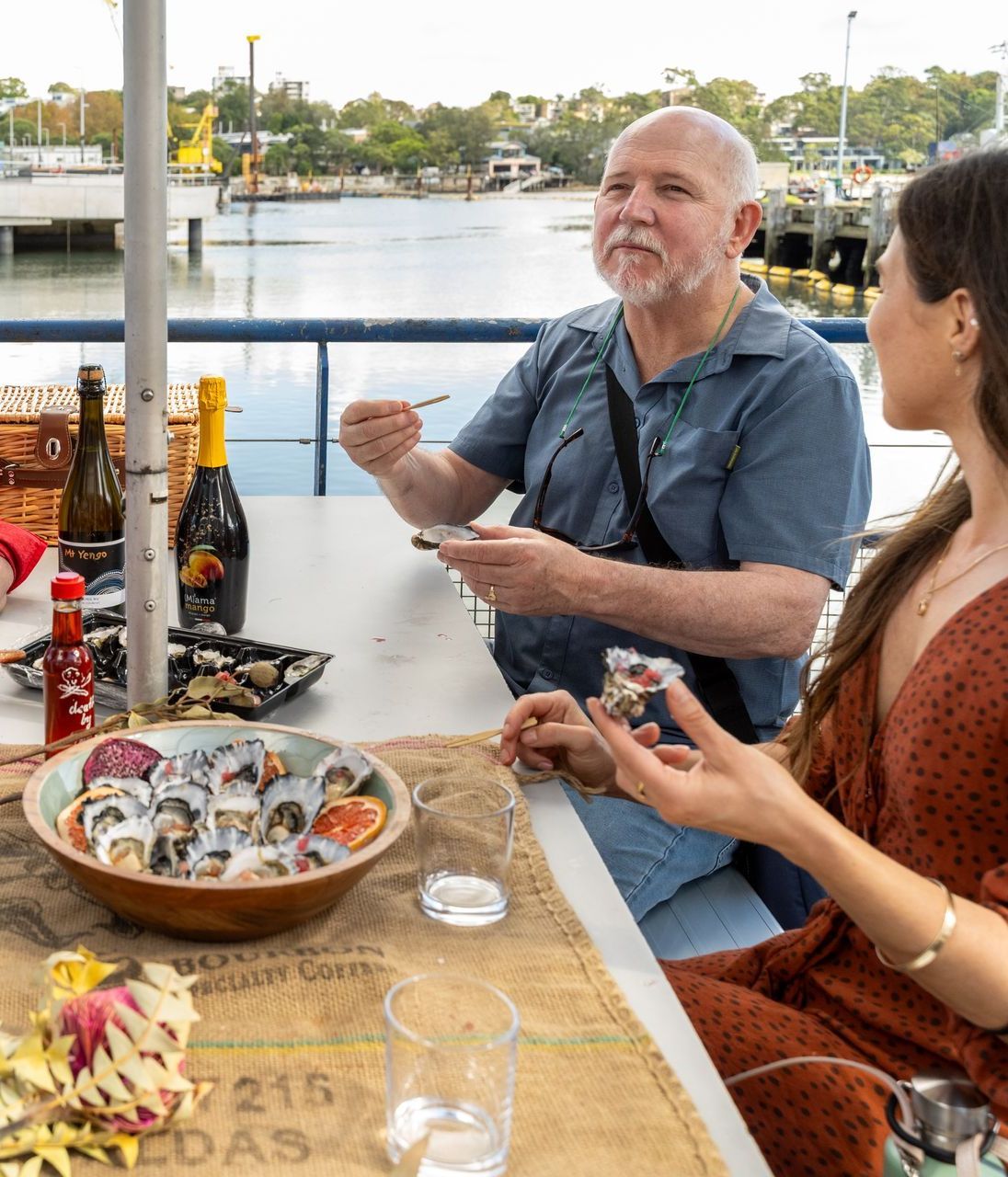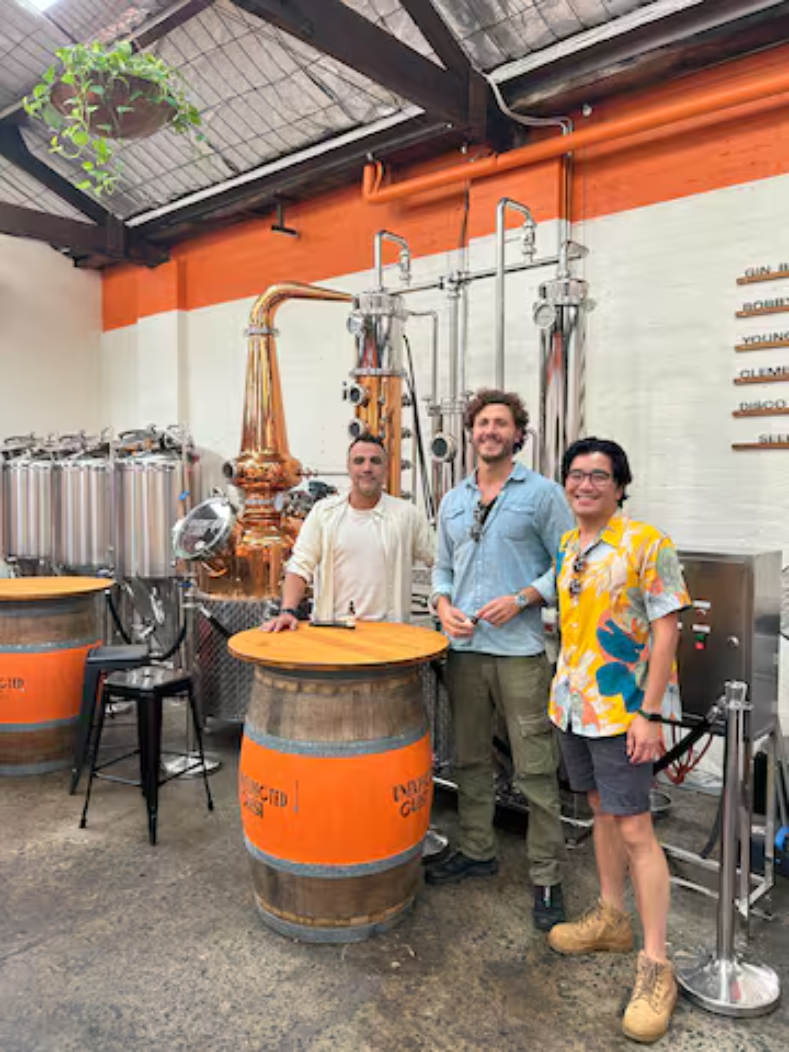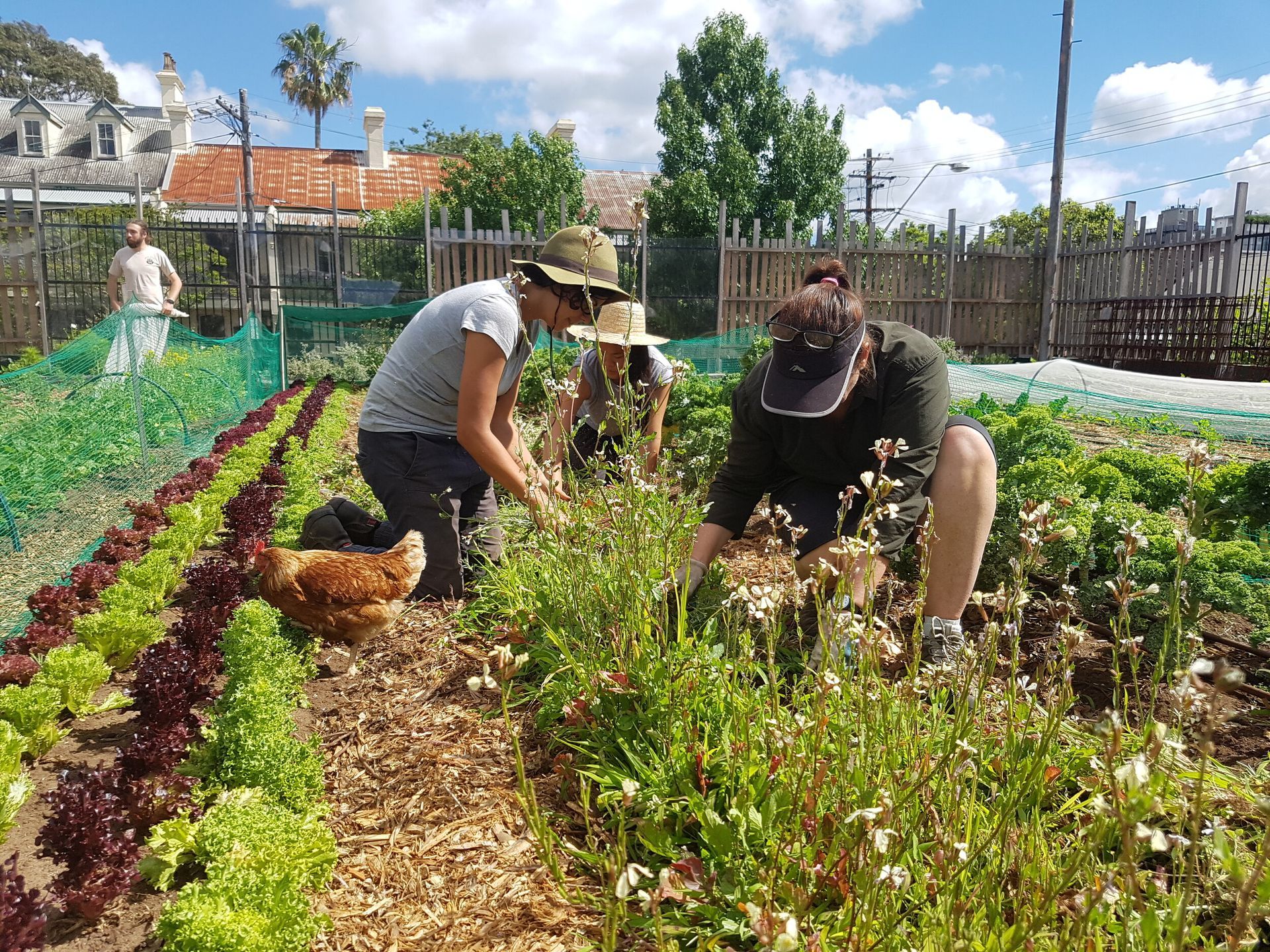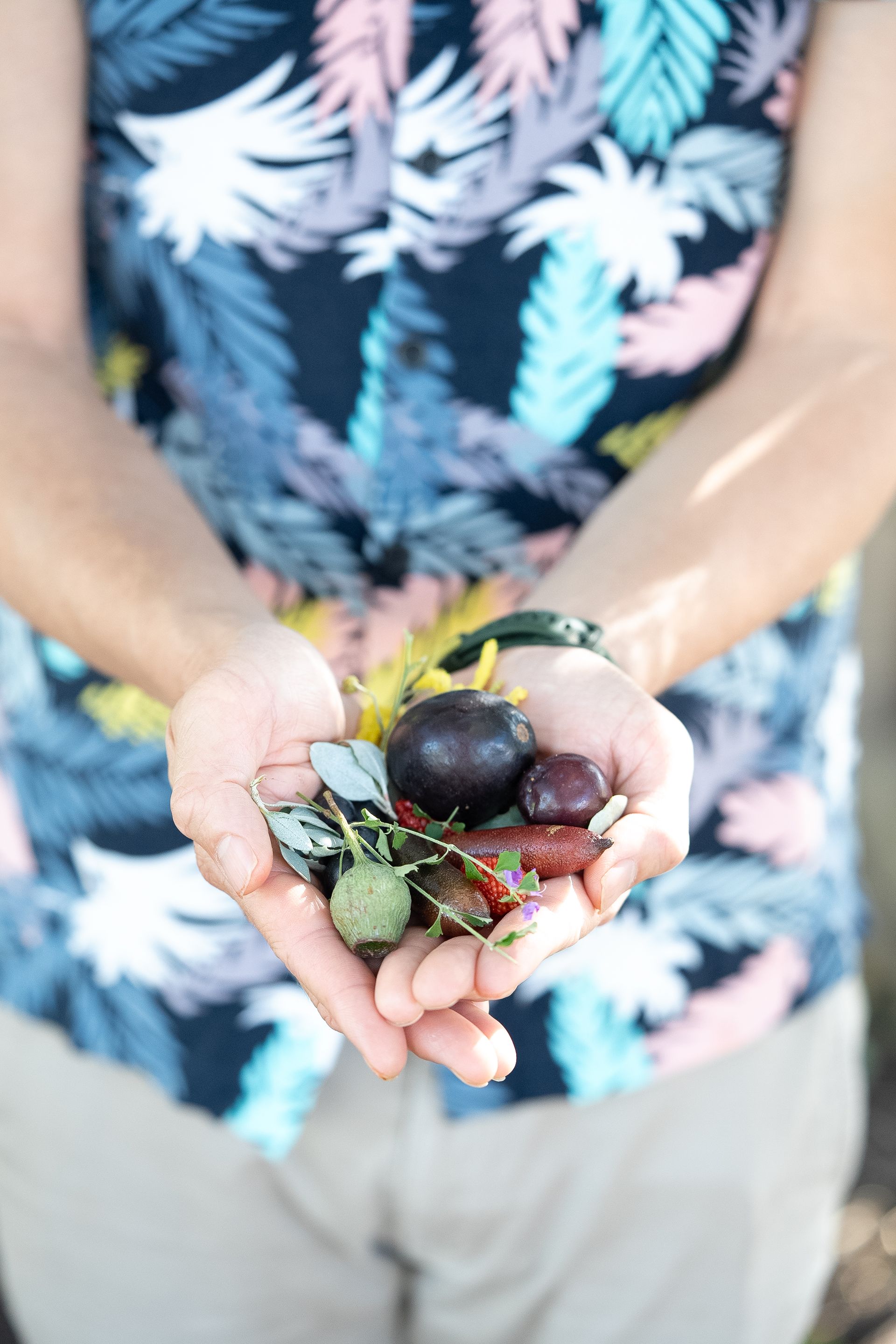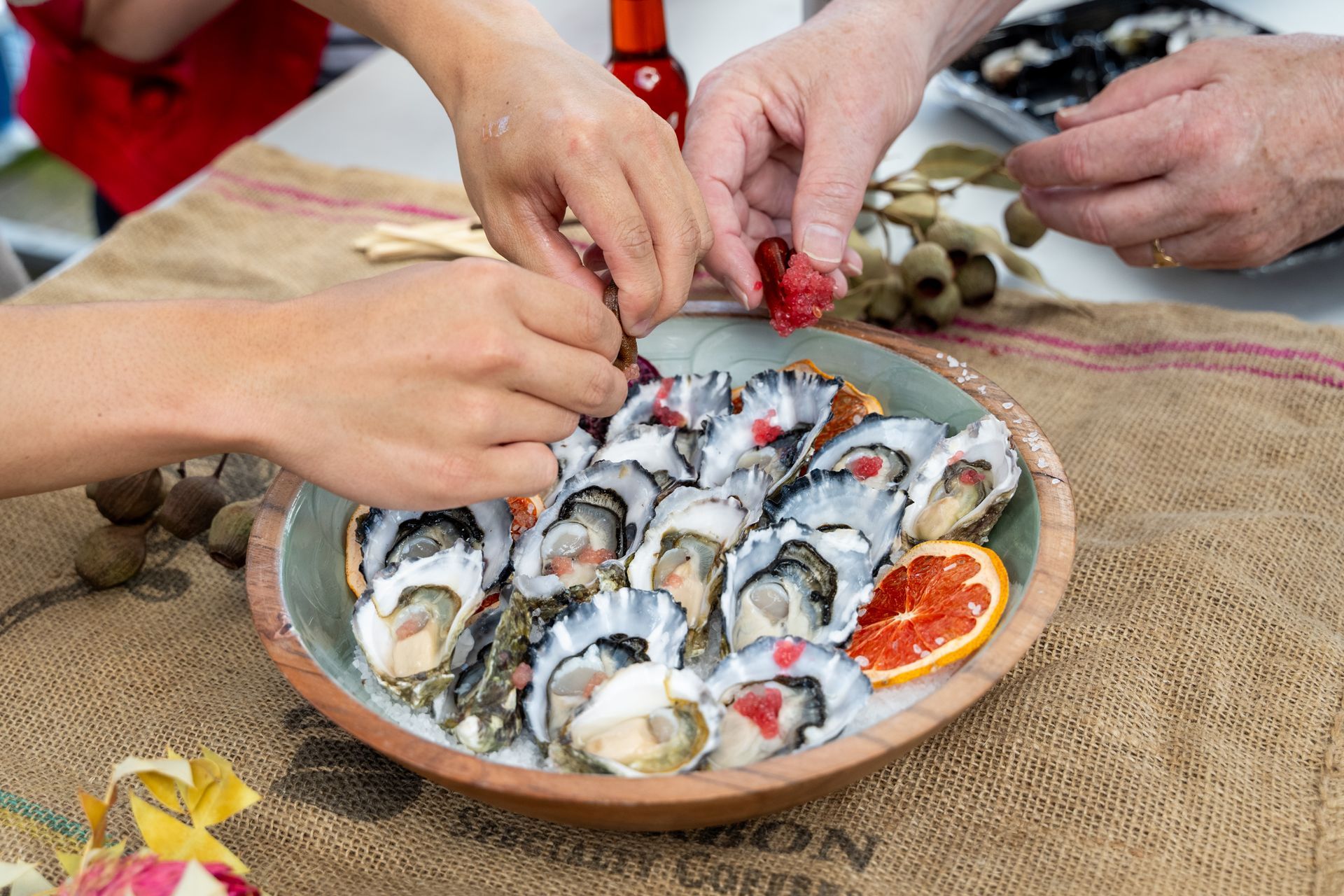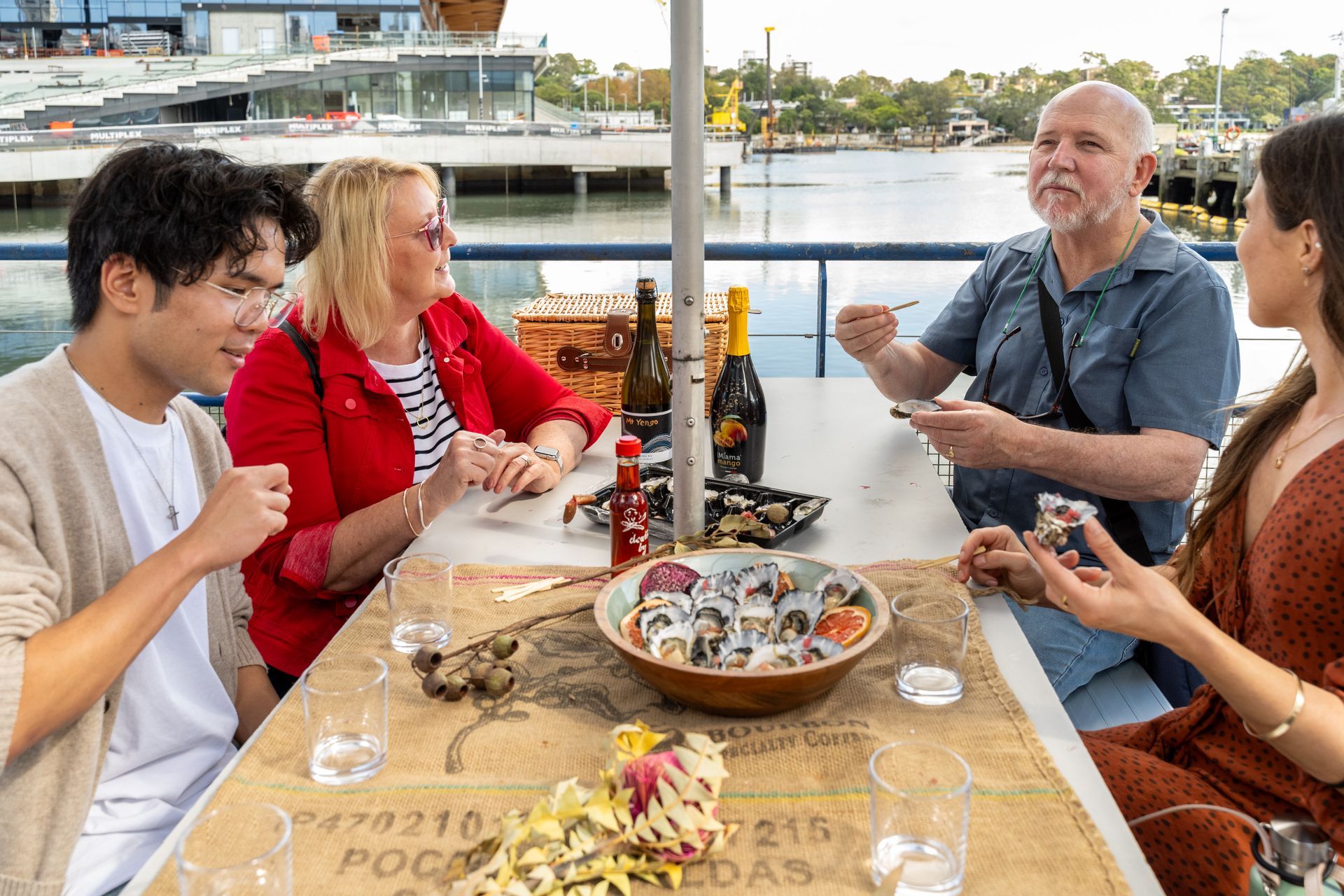Saltbush, Kakadu Plum, and Wattleseed: Why These Flavours Matter
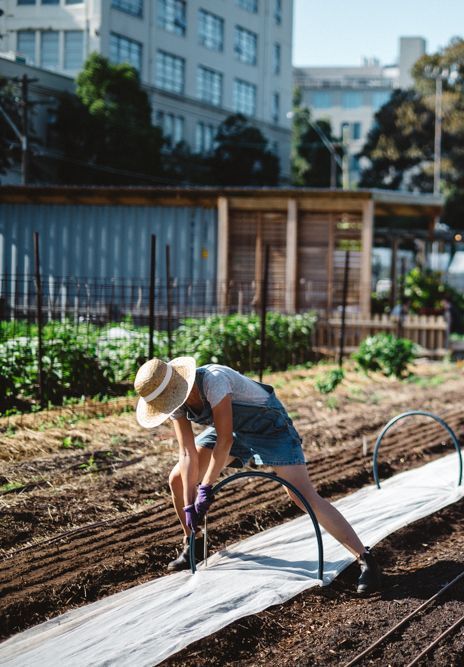
You’ve heard of rosemary, basil, maybe even za’atar. But saltbush? Kakadu plum? Wattleseed? These native ingredients rarely make it onto the average menu, yet they’ve nourished communities and shaped culture for over 65,000 years. They’re not just “bush food” curiosities. They’re powerhouse ingredients with history, health benefits, and deep cultural roots. These flavours matter, and it’s time we treated them that way.
Table of Contents
- Saltbush: The Underrated Salty Hero
- Kakadu Plum: Small Fruit, Huge Impact
- Wattleseed: Nutty, Earthy, and Deeply Symbolic
- Not Just Tasty, Totally Transformational
- The Cultural Respect These Ingredients Deserve
- Why Tourists (and Locals) Keep Coming Back for More
- Conclusion: Flavour With Meaning, Story With Bite
Saltbush: The Underrated Salty Hero
Saltbush is often described as “Australia’s answer to sea salt,” but that’s selling it short. With its soft, velvety leaves and naturally salty kick, it adds umami and complexity to meats, breads, and snacks. Indigenous communities have used it for generations not just for seasoning, but as a hearty, sustainable crop in tough environments. On our tours, saltbush often becomes the unexpected favourite.
Kakadu Plum: Small Fruit, Huge Impact
Packed with more vitamin C than any other fruit on the planet, Kakadu plum isn’t just a nutritional heavyweight. It’s a medicinal marvel. Traditionally used for healing, this tart little fruit carries cultural meaning and serious antioxidant power. It’s sharp, punchy, and unforgettable, just like the stories behind it.
Wattleseed: Nutty, Earthy, and Deeply Symbolic
Wattleseed is the flavour that lingers. Toasty, coffee-like, with a hint of chocolate and roasted spice. It’s a dessert dream and a savoury secret weapon. But more than that, it’s a symbol of resilience. Indigenous Australians have used it in damper, porridge, and ceremonial meals for centuries. When we serve wattleseed brownies or sprinkle it on ice cream, we’re not just adding taste. We’re adding memory.
Not Just Tasty, Totally Transformational
These ingredients aren’t just about flavour. They transform dishes. They elevate cocktails, shift perspectives, and give people that “Whoa, what is this?” moment. They wake up taste buds, but they also wake up cultural curiosity. And that’s the real magic. You’re not just eating. You’re connecting.
The Cultural Respect These Ingredients Deserve
Let’s be clear. These aren’t just trendy menu items. They carry stories. Protocols. Deep cultural significance. That’s why we don’t just use them. We explain them. We source them ethically, work with Indigenous producers, and always tell the story alongside the bite. Because without the story, the food loses its soul.
Why Tourists (and Locals) Keep Coming Back for More
We’ve seen it firsthand. Guests who hesitated to eat green ants now ask for seconds. First-timers fall in love with lemon myrtle cocktails. And people who’ve visited Australia four times say, “This is the first time I’ve tasted it.” Native flavours aren’t gimmicks. They’re gateways to something unforgettable.
Conclusion: Flavour With Meaning, Story With Bite
Saltbush, Kakadu plum, and wattleseed aren’t just ingredients. They’re Australia’s edible history. They matter because they taste good and because they mean something. When you try them, you’re not just exploring new flavours. You’re stepping into an old story. And it tastes wildly Australian, deeply local, and completely worth savouring.

